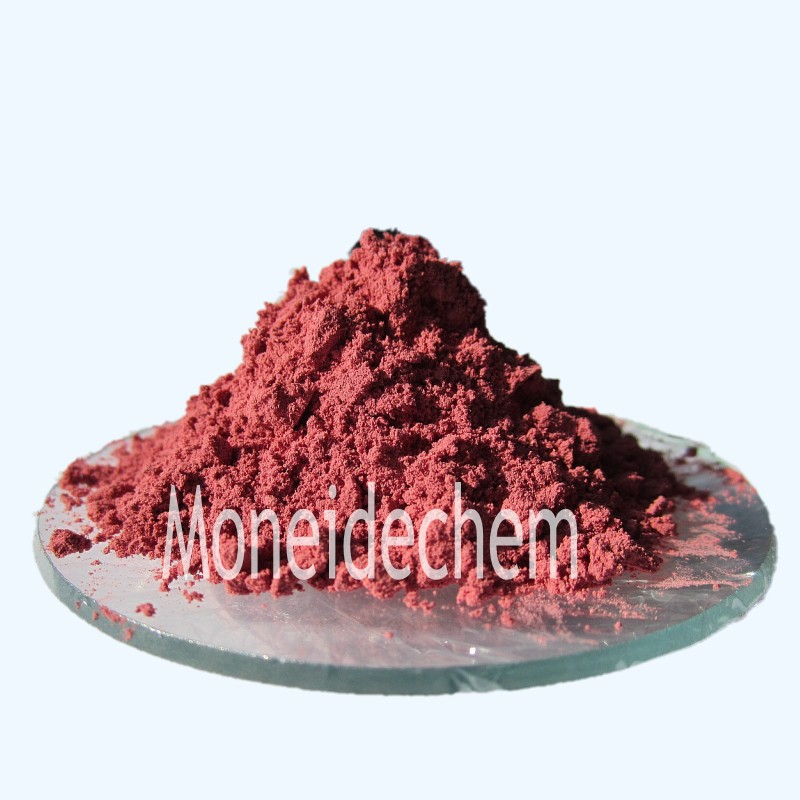Moneide Chemicals
Tel: 86-315-8309571
WhatsApp/WeChat/Mobile: 0086-15633399667
Skype: janet-honest
Mail: sales@moneidechem.com
Address: 2-7-523 Jidong Building Materials Tangshan, Hebei 064000 China
Murexide
|
Chemical Name |
Murexide |
|
Другое имя |
Ammonium purpurate; Ammonium 5-(2,4, 6-trioxoperhydropyrimidin-5-ylideneamino)barbiturate |
|
CAS No. |
3051-09-0 |
|
Molecular formula |
C8H8N6O6 |
|
EINECS No. |
221-266-6 |
|
Molecular weight |
284.18 |
|
Molecular Structure |
|
|
Details |
Appearance: amaranthine crystalline powder with green metal luster Sensitivity test: pass Sulfated ash (as sulfate): 1.0%max |
|
Main Application |
Used as complexation indicator. |
1. What is the murexide indicator used for the determination of?
Murexide (ammonium purpurate) is primarily used as a metallochromic indicator in complexometric titrations, particularly for determining calcium, nickel, cobalt, and copper ions. It forms colored complexes with these metal ions, allowing visual detection of the titration endpoint in EDTA (ethylenediaminetetraacetic acid) titrations. Its selectivity for certain metals makes it valuable in water hardness testing, where calcium and magnesium concentrations are measured. Additionally, it is occasionally used in analytical chemistry for studying metal ion interactions due to its distinct color-changing properties in response to metal binding.
2. Why is murexide used in EDTA titration?
Murexide is used in EDTA titrations because it forms stable, colored complexes with metal ions like calcium and nickel, which dissociate when EDTA binds the metal more strongly. The indicator changes from red-violet (metal-bound) to blue-violet (free form) at the equivalence point, providing a clear visual signal. Unlike other indicators, murexide works well in alkaline conditions (pH ≥ 9), which are often required for EDTA titrations of divalent metals. Its sharp color transition and minimal interference with EDTA make it a reliable choice for precise metal ion quantification.
3. What is the murexide test used for?
The murexide test is a qualitative chemical assay historically used to detect uric acid and purine derivatives, such as those found in urine or gout deposits. When uric acid reacts with nitric acid and ammonia, it produces murexide, which turns red-purple—a hallmark of purine presence. While largely replaced by modern techniques, this test remains a classic demonstration in biochemistry education. In metallurgy, a modified version helps identify certain metal ions based on their reaction with murexide.
4. What is the colour reaction of murexide?
Murexide exhibits distinct color changes depending on its state:
Free form (unbound to metals): Blue-violet in alkaline solutions (pH > 9).
Metal-bound form: Red-violet when complexed with calcium, nickel, or cobalt.
In acidic conditions: Yellow-orange, but this form is rarely used analytically.
The transition from red-violet to blue-violet during EDTA titration is critical for endpoint detection, as it signals the displacement of murexide by EDTA from the metal ion.






























